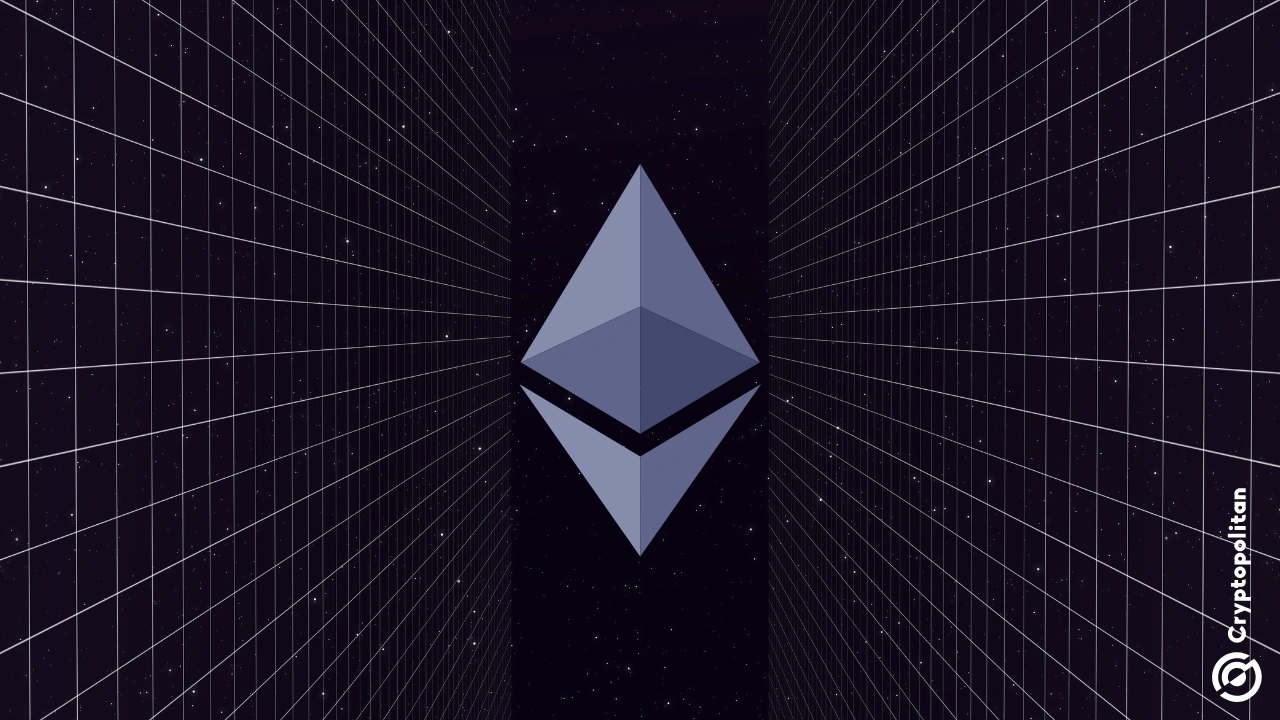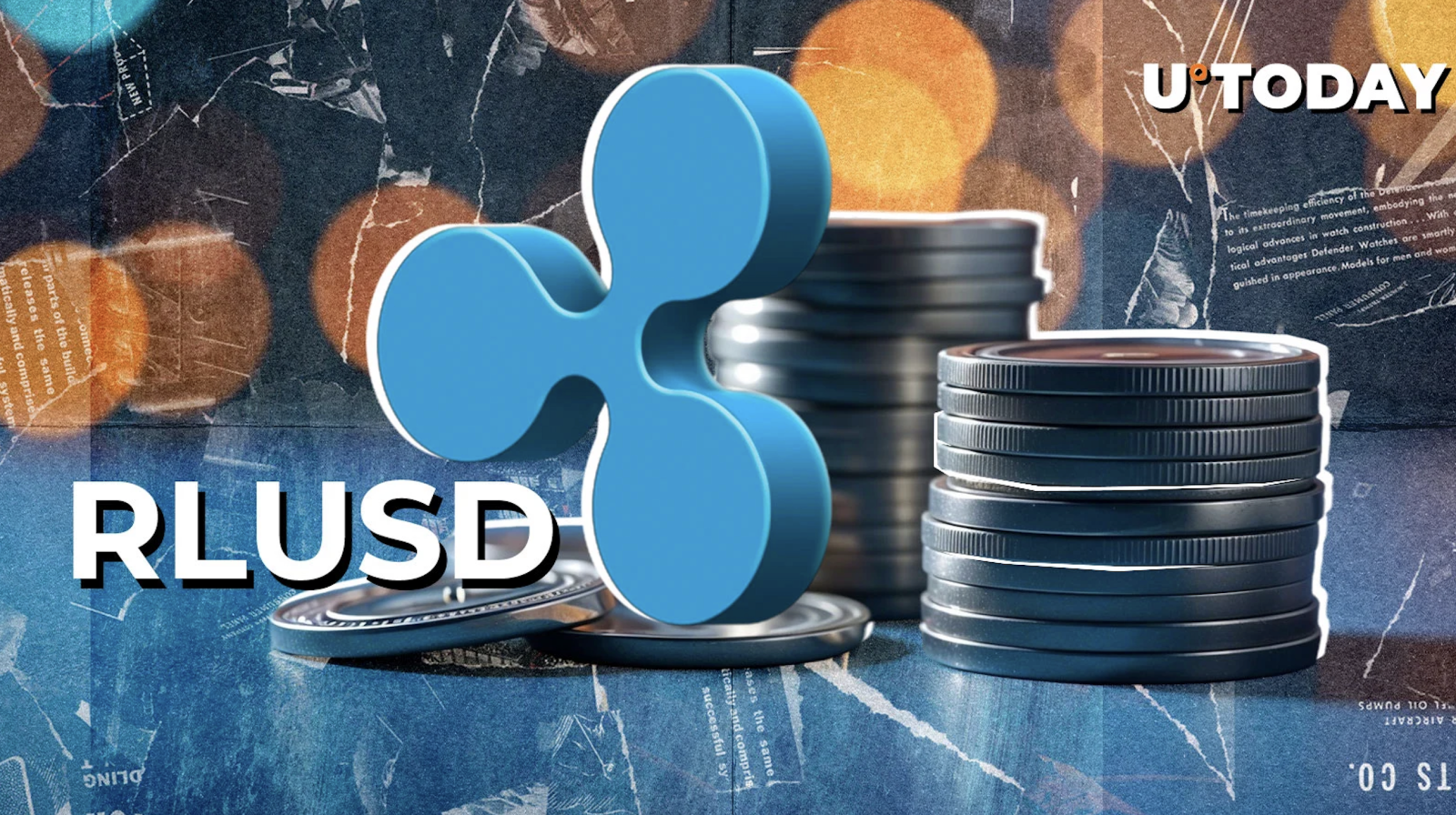Criticisms Against Charging Ethereum Layer-2 Networks: A Perspective from Co-founder Ye Zhang
The Ethereum network has seen a surge in activity and adoption in recent times, with the rise of decentralized finance (DeFi) and non-fungible tokens (NFTs). This increased demand has led to high gas fees, pushing users towards layer-2 solutions like Optimistic Rollups and ZK-Rollups. However, a proposal to charge these layer-2 networks has sparked controversy.
Ye Zhang’s Perspective
Ye Zhang, the co-founder of Scroll, a layer-2 network on Ethereum, recently voiced his criticisms against this proposal in a post on Medium. He described such proposals as detrimental to the network’s long-term growth.
“Charging Ethereum Layer-2 networks is a short-term solution that may bring temporary revenue, but it’s not a sustainable one,” Zhang wrote. “This approach goes against the decentralized ethos of Ethereum and could hinder the network’s growth in the long run.”
Impact on Users
If Ethereum decides to charge layer-2 networks, users may face higher transaction costs. This could discourage adoption and usage of these networks, as users might opt for other alternatives with lower fees. This could also lead to a brain drain of users and developers from Ethereum, as they might migrate to other networks that do not impose such fees.
Impact on the World
The implications of charging Ethereum layer-2 networks extend beyond just the Ethereum community. This move could impact the broader blockchain ecosystem and the crypto industry as a whole. If Ethereum sets a precedent for charging layer-2 networks, other networks might follow suit, leading to a fragmented market with different fee structures.
Moreover, this could potentially harm the growing DeFi and NFT markets, which heavily rely on Ethereum’s layer-2 solutions. Higher transaction costs could make these markets less accessible to a wider audience, limiting their growth potential.
Conclusion
In conclusion, the proposal to charge Ethereum layer-2 networks has sparked controversy within the Ethereum community and beyond. Critics argue that this move goes against the decentralized ethos of Ethereum and could hinder the network’s long-term growth. Users might face higher transaction costs, which could discourage adoption and usage of these networks. The implications of this move extend beyond Ethereum, potentially impacting the broader blockchain ecosystem and the crypto industry as a whole.
As we move forward, it will be crucial to monitor the developments surrounding Ethereum’s layer-2 networks and their fee structures. It remains to be seen how this situation will unfold and what the long-term implications will be for the Ethereum network, the crypto industry, and its users.





